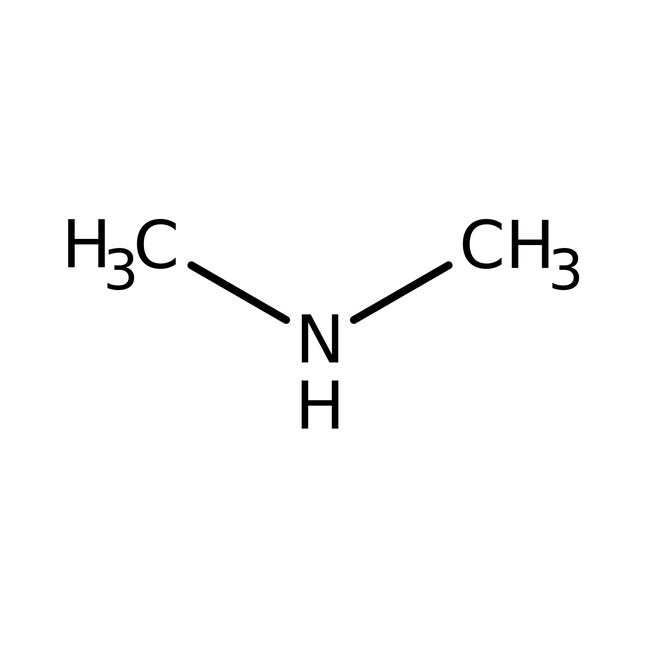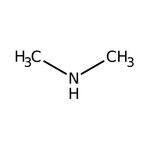Search Thermo Fisher Scientific
Diméthylamine, 2 M dans le méthanol, Thermo Scientific Chemicals



Diméthylamine, 2 M dans le méthanol, Thermo Scientific Chemicals
Identifiants chimiques
Spécifications
Description
This Thermo Scientific Chemicals brand product was originally part of the Alfa Aesar product portfolio. Some documentation and label information may refer to the legacy brand. The original Alfa Aesar product / item code or SKU reference has not changed as a part of the brand transition to Thermo Scientific Chemicals.
La diméthylamine est un précurseur de plusieurs composés industriels importants. Elle réagit avec le disulfure de carbone pour donner du dithiocarbamate de diméthyle, précurseur d’une famille de produits chimiques largement utilisés dans la vulcanisation du caoutchouc. Il s’agit de matières premières destinées à la production de nombreux produits agricoles et pharmaceutiques, tels que le diméfox et la diphénhydramine, respectivement. L’oxyde de lauryldiméthylamine surfactant se trouve dans les savons et les composés de nettoyage.
Solubilité
Entièrement miscible dans l’eau.
Remarques
Hygroscopique. Sensible à la température. Stockez-le dans un endroit frais. Garder le récipient bien fermé dans un endroit sec et bien ventilé. Conserver à l’écart des agents oxydants forts, des acides, de l’eau, de l’humidité, du mercure, du chlore, du cuivre et des composés de cuivre.
Figures
Documentation et téléchargements
Certificats
Foire aux questions (FAQ)
Citations et références
Sécurité et manipulation
Classification of the substance or mixture
CLP classification - Regulation(EC) No 1272/2008
Label Elements
Signal Word
Danger
Hazard Statements
H301 + H311 + H331 - Toxic if swallowed, in contact with skin or if inhaled
H314 - Causes severe skin burns and eye damage
H335 - May cause respiratory irritation
H370 - Causes damage to organs
Physical Hazards
H225 - Highly flammable liquid and vapor
Precautionary Statements
P210 - Keep away from heat, hot surfaces, sparks, open flames and other ignition sources. No smoking
P280 - Wear protective gloves/protective clothing/eye protection/face protection
P301 + P330 + P331 - IF SWALLOWED: Rinse mouth. Do NOT induce vomiting
P303 + P361 + P353 - IF ON SKIN (or hair): Take off immediately all contaminated clothing. Rinse skin with water or shower
P305 + P351 + P338 - IF IN EYES: Rinse cautiously with water for several minutes. Remove contact lenses, if present and easy to do. Continue rinsing
P310 - Immediately call a POISON CENTER or doctor/physician